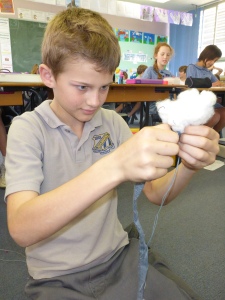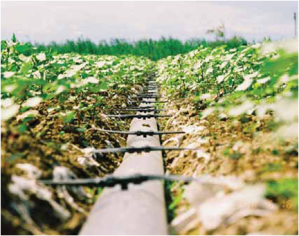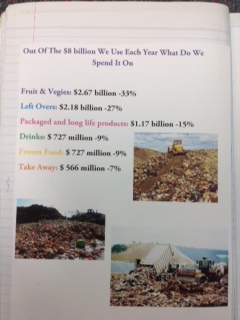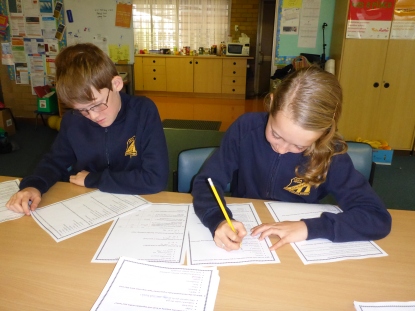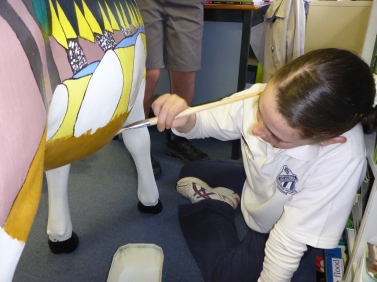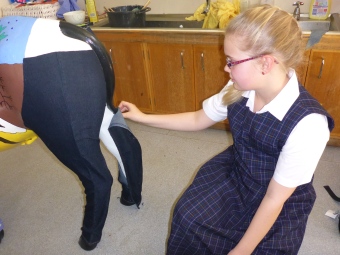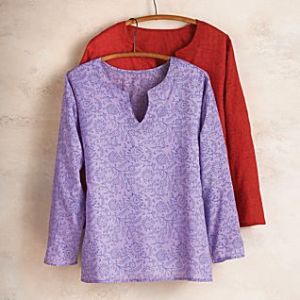We are excited to announce that our calf, Threadrick Bobbin, is officially complete. We have worked really hard this week to finalise all the finishing touches so that Threadrick looks his best. We are thrilled with the result and think he looks great.

We would like to thank all the students involved for their dedication, team work and initiative. The project has been an awesome learning adventure which students have thoroughly enjoyed participating in. We would also like to thank Mrs Cousins (parent) for donating a generous amount of denim fabric and our school cleaner, Jackie, for putting up with our mess and clutter throughout the design and make process.
Analysis of our Artwork
Our calf aims to celebrate and recognise the unsung heroes of the cotton industry by telling a story about the average Australian Cotton Farmer. Our theme focuses on the productivity and success of Australian cotton farmers.
After meeting our Young Farming Champion, Ben Eagan, the students were impressed by his wealth of knowledge and his fun, easy going nature. They loved listening to his presentation and learnt more about the cotton industry than any of them had expected. They were so impressed by the work that cotton farmers do in order to provide us with the clothes on our back, as well as many other products, and believed that the majority of people took the work they do for granted.
As a result, our calf, Threadrick Bobbin, represents a typical cotton farmer in Australia. We wanted him to illustrate the importance of Australia’s successful cotton industry as an integral component of their livelihood. Threadrick encompasses facets of the cotton industry such as the growth, harvest and export of Australia’s cotton as well as the types of products that can be made from a single bale of cotton.
By taking a look at our calf, we wanted individuals to learn about and appreciate the commitment and hard work of every cotton farmer in Australia. From the growth and change of the cotton plant throughout spring and summer, the harvesting of cotton in autumn and the export of cotton from Australia to countries around the world, so that we can continue to enjoy the comforts of our current lifestyle and put clothes on our back.
We wanted our calf, Theadrick Bobbin, to incorporate a combination of texture and paint. As we wanted Threadrick to represent a typical Australian cotton farmer, we thought that a great way to incorporate this texture was to clothe him in a cotton shirt and a pair of denim jeans (one of the most popular cotton products around the world). We only used these fabrics to cover the calf’s front and back legs as we wanted to illustrate aspects of the cotton industry in the centre of the calf’s body. The positioning of painted art and use of space implies that sustainable cotton crops are ‘central’ to a cotton farmer’s existence on the land, with the industry being the heart and soul of their livelihood.
The centre of the calf’s body has been carefully painted using a range of acrylic paint colours. It is divided into four quadrants. Each quadrant depicts the four seasons of cotton production:
Spring (top/front)- illustrates the growth and change of the cotton plant. Seeds are planted in evenly spaced furrows and watered regularly until they become leafy plants approximately one metre in height.
Summer (bottom/front) – illustrates the growth of cotton bolls from buds. This is how the cotton plant is most commonly perceived and viewed.
Autumn (top/back) – illustrates the spraying of defoliant which stops the growth process and causes the cotton plant to drop its leaves. It also illustrates the harvesting of the cotton using the most up to date machinery and techniques.
Autumn/Winter (bottom/back) – illustrates bales of cotton which are ready to be taken to the cotton gin and then exported to countries around the world.
The base that the cow stands on has been created using paper mache techniques and then painted with brown acrylic paint. It symbolises the Australian cotton farmer’s connection with the land and visually represents the furrows that cotton is grown in. Statistical facts obtained from Cotton Australia have been attached to the furrows using decoupage. The use of facts on the base aims to educate individuals about the average Australian cotton farmer and strengthens one’s appreciation of the work that they do to sustainably clothe our nation.
The cotton situated near Threadrick’s front leg has been constructed using wire, denim and un-ginned cotton. It is partially wrapped around his leg to signify the ties that bind/root many cotton farmer’s have to their family farm. The average Australian cotton farm is family owned and run, with many farms having been in families for multiple generations.
We wanted to illustrate the contribution that Australian cotton farmers make to the global market, exporting 94% of cotton to other countries such as China. As a result, a map of the world has also been attached to the base using decoupage. We have attached a small metal trolley to the base directly over the world map and placed a replica cotton bale inside it. The cotton bale has been sculptured using cardboard, newspaper, wire and plastic wrap. We wanted the cotton bale to have a realistic texture so we decided to glue cotton obtained from a plant that our Young Farming Champion gave us on his visit to our school. The cotton bolls were carefully pulled from the plant, teased apart and glue onto the top and bottom of the bale. Images of cotton products have been attached to the bale and positioned inside the trolley. This represents the array of Australian cotton products consumers purchase and use on a daily basis around the world.
Threadrick is dressed for success in his cotton shirt and denim jeans. He’s not a calf; he is a farmer, with the cotton industry being his heart and soul. Threadrick is full of fun and adventure. With his child like appearance he not only represents today’s average cotton farmer but also future generations to come. His quirky appearance appeals to the young and old.




